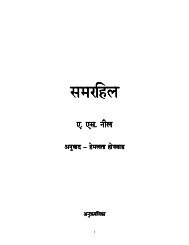Create successful ePaper yourself
Turn your PDF publications into a flip-book with our unique Google optimized e-Paper software.
Aeroplane Wing1. Cut a piece of paper 20-cm. longand 10-cm. wide. Bend it in half andstick the edges together. Run a foldalong the edge with your fingernails sothat it bends, curved at the top andalmost flat underneath. The flat end ofthe wing is the leading edge, and thethin edge is the trailing edge.20-cm.10-cm2. Make a straight hole through both theparts of the wing about 3-cm. from theleading edge. Pass a piece of empty straw orball pen refills through it and fix it with a dabof glue. Stick a piece of paper on the centreline of the trailing edge. This fin will standvertically and help in stabilising the wing.3. Pass a thin thread through therefill and tie the two ends of thethread to two sticks. Now hold thesticks in your two hands and pullthem so that the thread is in tension.As you swing the sticks through theair the wing will rise on the thread.4. How does an aircraft fly? How does the aircraft’s wingproduce lift? How does the heavy aircraft with such a load ofpassengers and cargo fly in the air? This simple paper modelof the aeroplane’s wing will help you understand the principleof flight.As you pull the thread and run with both the sticks the paperwing lifts up on the thread. There is a hump on the top portionof the wing. The top portion of the wing is longer than thebottom portion, which is almost flat. As the wing moves in theair, its leading edge divides the air stream into two parts. Oneair stream goes over the top and the other goes along thebottom of the wing. Both the air streams meet after the sametime at the trailing edge. The upper air stream has to go overa hump and hence has to travel a much larger distance ascompared to the lower stream. Since both air stream meet atthe trailing edge at the same time the upper stream has tomove faster. This higher speed of airflow on the top of thewing produces a low-pressure on the top of the wing, thusproducing lift from below. This is how a wing helps anaeroplane to rise in the air.


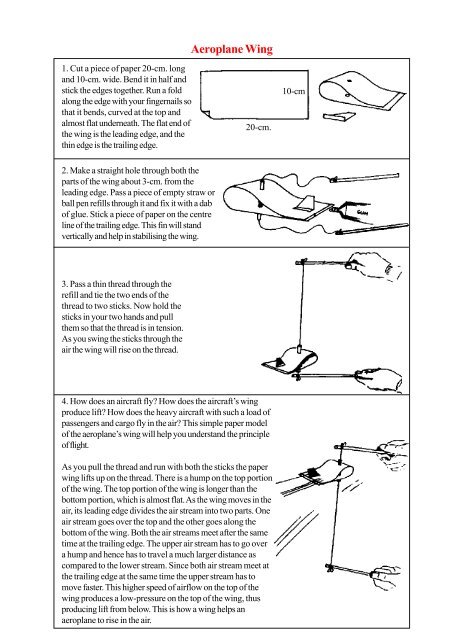
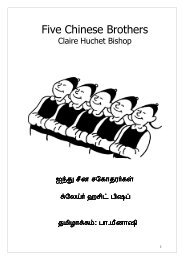
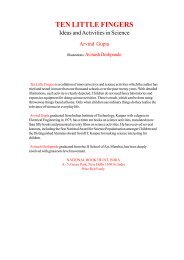
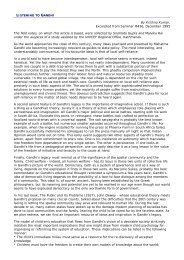
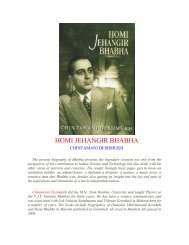

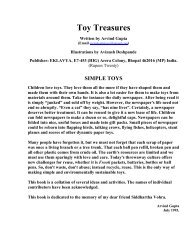
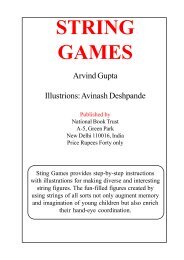

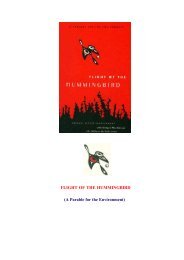
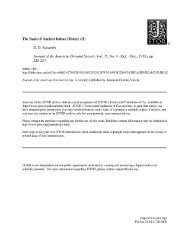
![tq,a] diM+s vkSj vk/qfud ekuo - Vidya Online](https://img.yumpu.com/31264147/1/190x245/tqa-dim-s-vksj-vk-qfud-ekuo-vidya-online.jpg?quality=85)

